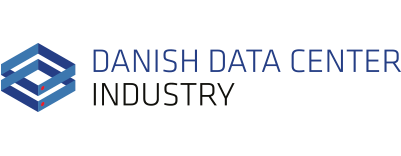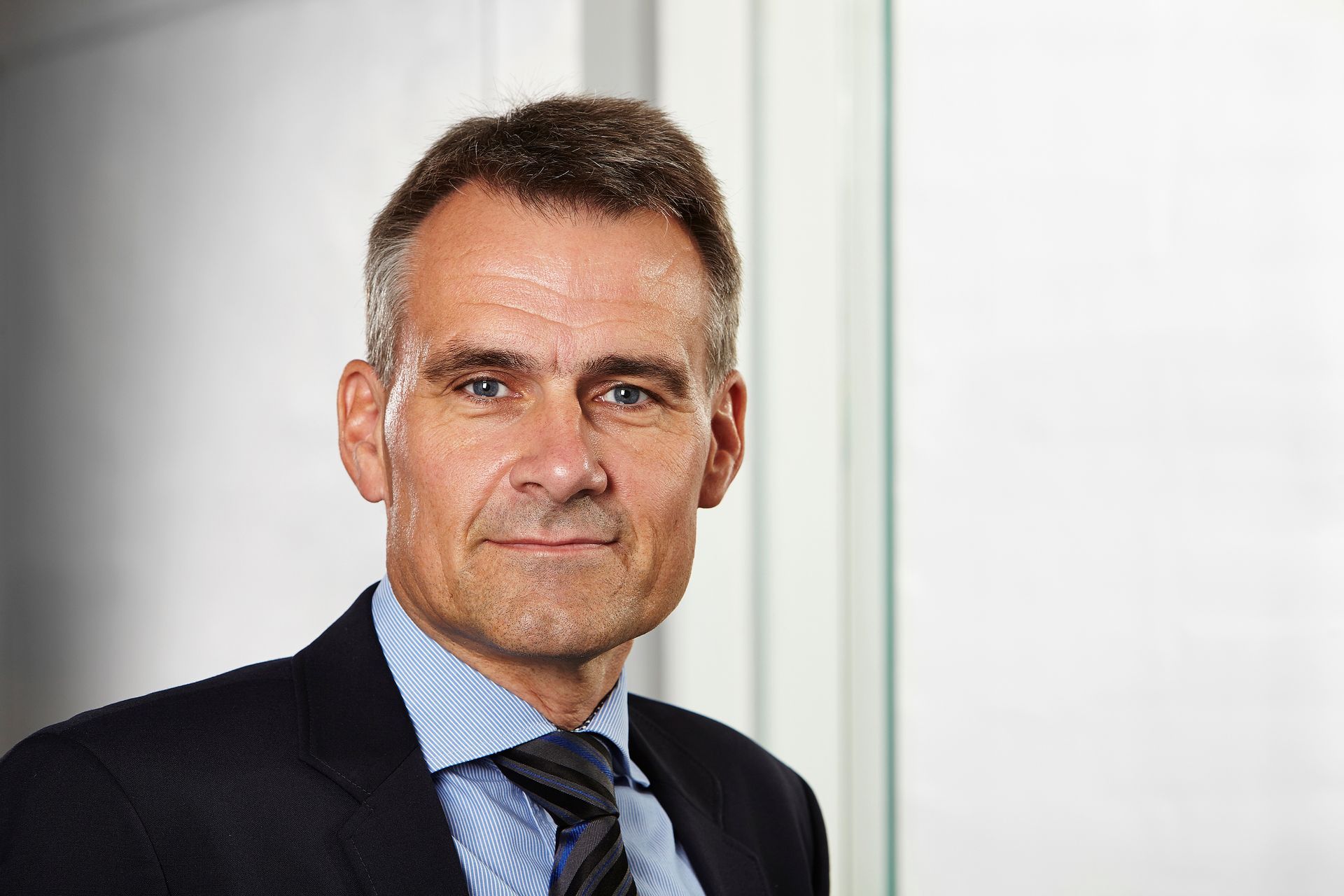Another busy and exciting year for the data center industry was rounded off with the last networking meetup 19 th November in Odense.
The programme offered a 360 degree overview of the industry after the welcome by CEO, Susanne Stengade, from 6X International, who hosted the networking meetup at Radisson Blu H. C. Andersen Hotel.

In the opening remarks, director, Henrik Hansen, from Danish Data Center Industry (DDI) looked back on a busy year, where the still young association has been taking some important steps in terms of development.
“This includes our annual conference Data Centers Denmark, which took place in the UN City in Copenhagen. It was a great success with 300 delegates from 13 different countries. We made a great debut, so next year we will be even more ambitious with the event, which is going to take place 13 th May 2020– again in the UN City in Copenhagen”, said Henrik Hansen.
“At the moment we are working on our first major market analysis of market perspectives, expectations and much more. It will be the first purely Danish analysis of the data center industry, and it will be published by the end of January 2020.”
The first presentation of the day was held by Rudy Musschebroeck, Director of Strategy and Business Development in the Belgian company CommScope. His presentation focused on how the data centers can prepare for the 5G era of mobile data.

“Mobile data has gone from nice to need – in the beginning no one felt a great need to be able to stream from a beach. But right now we see a tremendous increase in the need for bandwith. Today, everything is connected and we still have many devices to connect”, emphasized Rudy Muscchebroeck.
“And we do not want latency – we want the movie to start immediately and we want everything to be working right away. As a result of this, 5G is very different from earlier generations, which was just a little better and a little more of the same things. 5G simply marks a shift in the architecture.”
The CommScope-director pointed at “densification” – more antennas will provide better coverage, at “centralization” – an attempt to pull the radio transmitter into a central location, and at “virtualization” – more options to centralize or distribute network elements.
In terms of edge technology and the consideration for the lowest possible latency, the need for computing closer to the need therefore gives more locations to manage.
“Then the question is: Who is going to own that infrastructure and who is going to pay the bill? Who is going to pay for it, and how can we make sure that those who build that infrastructure get some revenue out of it?”, asked Rudy Musschebroeck.
Adding on to this, one of the participants asked him how he – from his own viewpoint – perceive the owner models in the future?
“We see that a sizable share of investment has shifted from hyperscale centers to co-location in recent years – it is going to happen, but probably not at the scale needed in the coming years. That is why we also see some newcomers as neutral hosts. What is crucial for the industry is that there is a business model and a transcation model that ensures payment,” came the answer.
Another question focused on next-generation technology with 6G – aren’t the Chinese already doing it?
“Every ten years it is a new G – and of course you can already see this in the labs. But it is in the future”, it sounded with a twinkled eye from Rudy Musschebroeck.
He was followed by Tom Blake, Associate Director at the engineering and consulting group Arup with a presentation on the construction of sustainable data centers.

“If cloud were a country, it would be the fifth largest in terms of energy consumption. And that is going to continue – investments and energy consumption will continue to grow. We have a great future ahead of us, but it needs to be more sustainable,” he stated.
Tom Blake has 30 years of experience with data centers and from his base in Ireland he has noted new times when it comes to power supply.
“For example, our Amsterdam office tells me that all projects have been paused due to the lack of electricity. And this is also true for cities like Dublin and Frankfurt. The power is ‘sold out’. Data centers do not have the power for themselves anymore, when it comes to extra capacity in the network, because there is a new competition for it”, said Tom Blake.
“Therefore, we also see that power contracts are no longer available on ‘fixed demand’ terms. Now there are flexible contracts on the power supply with a ‘use it or lose it’ approach – if you do not use the allocated capacity, then we remove you from the grid. It is a complete turnaround for network owners, who must invest large sums of money, and we can no longer get it in our own way in the industry.”
On this basis, the Arup-CEO emphasized that it is more important than ever to project properly when planning new data centers.
“We have to do it right and stop over-projecting. It is about ‘right sizing’, and as designers we really have to challenge our clients on what they are asking for. One of our problems in regards to this in Dublin, however, is that all the decisions for the big data centers are made in the US”, it sounded without a wink from Tom Blake.
At the same time, he points out that it is more important than ever to focus on Co2-neutral energy in order to meet the public demand for sustainable data centers.
“It is not the energy that is the problem – it is how it is produced. There have been some setbacks and some misinformation in public, and we have to be aware of that.”
Adding on to this, one of the participants asked: But do the data center operators really listen?
“Fortunately, they have big financial muscles and they are listening. But in my experience they have not quite understood that they must also be a part of the solution for the electricity grid.”
Another question was asked in relation to the utilization of surplus heat and consequently the location of data centers.
“Location is a big topic, but if you go to a big city where surplus heat can be used, you can also occupy a large area. The alternative is to put the data centers in places where people need the jobs. For those cloud operators who do not need very low latency, that is an option. But I don’t think it is the right place to locate data centers in the big cities.”
The next presentation focused on European standards in the data center industry – a voluntary scheme that can be used as inspiration and guidelines in the work on quality assurance. Senior Data Center Auditor, Volkmar Bend, from TÜViT, which is a part of the large German TÜV-group, reviewed the status and the standards within this area.

“I work as a data center auditor and visit the data centers in order to evaluate them based on a number of key criteria such as risks, energy consumption and environmental impact,” he said.
Once the various standards are met, a data center can claim that it has gone through “Trusted Site Infrastructure Voluntary Validation” and use it as evidence of its quality to the outside world.
“A standard is a guideline that you can lean on, but it is not legislation. It is technical guidelines that are voluntary,” stressed Volkmar Bend.
The industry standards are constantly updated based on best practice in the various areas.
“The European standard is now becoming international and it came as a bit of a surprise, because it rare for the US and Asia to make use of European standards as a starting point. Unfortunately, there are no Danes on the committee reviewing these standards, but you are very welcome if you think Denmark is under-represented – it is not a closed circle,” sounded the invitation from Volkmar Bend.
Export potential for Danish companies is an important factor for the benefits of a strong Danish home ground for data centers. Novenco Building & Industry, headquartered in Næstved, has seized the opportunities in the global market, and Senior Product Manager, John Boss, could telle more about that in the last presentation of the day.

“In fact, we have been in the global ventilation market for 70 years. But the question is why some of the world’s largest data center owners chose a small company in Denmark as their supplier,” he asked rhetorically.
“Our products are here and there, but we have only been in the data center industry for a few years. And – if you can make it here, you can make it anywhere,” sounded the inspirational tones from John Boss.
The start of the adventure took place at Facebook’s large datacenter in Luleå in the northern part of Sweden, where Novenco was in the good graces for the first time.
“Data centers have been focusing on saving energy, which makes it very interesting for us. But we also learned from the first time that it is about much more than that. It started out as a secret project with some US standards, and when we realized the scale and the location of the university, noice became a an important issue, “ said John Boss.
After hundreds of calculations and a prototype to measure the noise, the project started to run smoothly and new doors opened.
“Suddenly everyone was interested and we were barraged with phone calls. The next building was a totally different design, because at the same time another project was in the pipeline in Viborg. But how did you get in touch with ‘the big Apple’?
The entire network was activated and via Invest in Denmark’s employee in Palo Alto a meeting was set up. The rest is history, and Novenco is now an established name in the industry with its advanced axial fans and it is, among others, an approved supplier at Facebook. But how did a relatively small company succeed in an industry that they knew nothing about beforehand?
“It is about hard word, experience, flexibility, technology and not least – networking,” explained John Boss, who cannot rest on his laurels.
“Even if you did the last project for a certain customer, they will not come to you by themselves. It is hard work – all the time.”
The networking meetup ended with a small panel session between all four speakers moderated by Thomas Volder, chairman in DDI. He asked, what each of them see as key drivers for the industry development in the coming years?

“I don’t think we are fully aware of the importance of data centers in our daily lives. For example, something happens in a data center every time we hit a key on our smartphone. So we are dependent on the quality of the data centers,” it sounded from Volkmar Bend.
“I think the public image of the industry is a very important key driver. For example, I saw a campaign recently about turning off Facebook accounts – that kind of message is dynamite for the operators. So it is the public image that drives them towards sustainability,” Tom Blake said, while John Boss agreed:
“What I have seen and heard in recent years is that the expectations for data center sustainability are low. My grandchildren would not be able to live without their phone, which is connected to the cloud. But it is important for them to focus on the green side and if the operators have a high-emission energy consumption, it will not be accepted nowadays,” said John Boss.

Contact us


